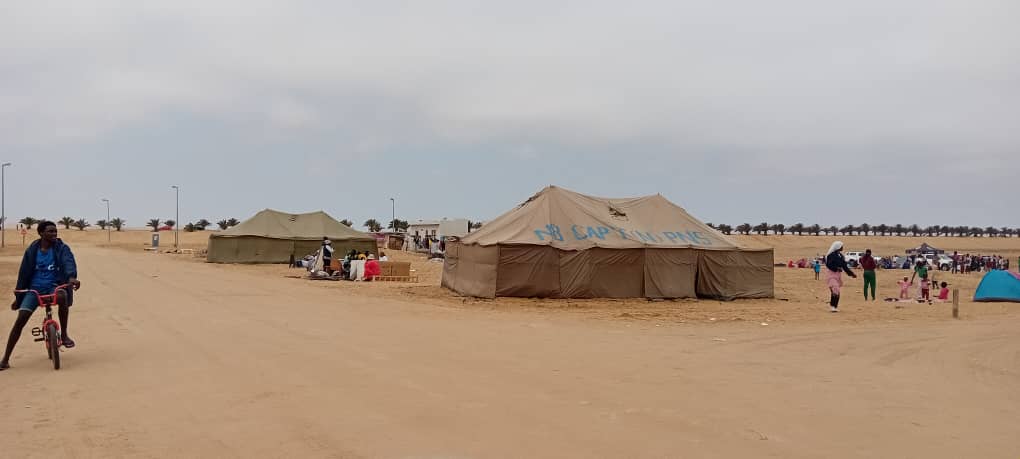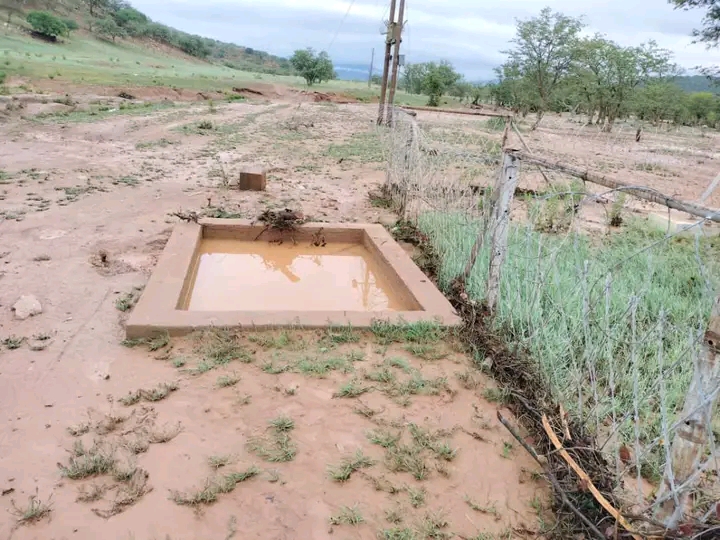THE success of Namibia’s more than 30 communal conservancies over the last 10 years was hailed in Windhoek yesterday, not only for the benefits it has created for community-based natural resource management (CBNRM), but also for job creation and income generation for Namibia’s rural poor.
Last year N$14,5 million was earned through CBNRM activities, of which conservancies earned N$9,6 million in cash and non-cash earnings such as wages and meat from game hunted for trophies. In 1998, when conservancies were first gazetted, they earned about N$600 000.Launching a new book, ‘Namibia’s Communal Conservancies: a Review of Progress and Challenges’ by Anna Davis, the CBNRM Co-ordinator of the Namibia Nature Foundation (NNF), Deputy Minister of Environment and Tourism Leon Jooste, said communal conservancies had proven to be “true empowerment at the local level”.”We can never, never have enough support for a programme like this,” said Jooste.”Rural Namibians depend directly on natural resources for their livelihoods.They face the added challenge that most of these resources are open-access and common property, which has often led to the degradation of the resource base.”The book provides a comprehensive report on the history and progress of Communal Area Conservancies up to 2003, with an accompanying booklet providing updated information for the last year.It is the intention to update the progress of conservancies every year.Jooste said Namibia’s establishment of communal conservancies was “one of the most outstanding rural development and conservation endeavours anywhere in the world”.NNF Director Chris Brown said communal conservancies could move to even greater heights if central Government was prepared to give local communities more rights over some species.”Conservation and sustainable management would be further strengthened if there was further devolution and bureaucracy was reduced,” he said.Brown said conservancies had proven to take better care of their natural resources as they became more aware of the economic spin-offs.Wildlife numbers have increased dramatically in the north-western regions, the Caprivi and the Nyae-Nyae area since conservancies were established.Namibia’s 31 conservancies, involving around 100 000 people, collectively cover almost 7,8 million hectares – approximately 9,5 per cent of Namibia’s total land mass and 26 per cent of the communal areas.The Ministry of Environment and Tourism is currently assessing applications for the establishment of another 15 conservancies, while 30 more communities are preparing applications.Five conservancies currently operate independently of donor funding and this number should double by the end of the year.By last year, conservancies’ tourism and wildlife activities had created more than 700 full- and part-time jobs.In 1998, when conservancies were first gazetted, they earned about N$600 000.Launching a new book, ‘Namibia’s Communal Conservancies: a Review of Progress and Challenges’ by Anna Davis, the CBNRM Co-ordinator of the Namibia Nature Foundation (NNF), Deputy Minister of Environment and Tourism Leon Jooste, said communal conservancies had proven to be “true empowerment at the local level”.”We can never, never have enough support for a programme like this,” said Jooste.”Rural Namibians depend directly on natural resources for their livelihoods.They face the added challenge that most of these resources are open-access and common property, which has often led to the degradation of the resource base.”The book provides a comprehensive report on the history and progress of Communal Area Conservancies up to 2003, with an accompanying booklet providing updated information for the last year.It is the intention to update the progress of conservancies every year.Jooste said Namibia’s establishment of communal conservancies was “one of the most outstanding rural development and conservation endeavours anywhere in the world”.NNF Director Chris Brown said communal conservancies could move to even greater heights if central Government was prepared to give local communities more rights over some species.”Conservation and sustainable management would be further strengthened if there was further devolution and bureaucracy was reduced,” he said.Brown said conservancies had proven to take better care of their natural resources as they became more aware of the economic spin-offs.Wildlife numbers have increased dramatically in the north-western regions, the Caprivi and the Nyae-Nyae area since conservancies were established.Namibia’s 31 conservancies, involving around 100 000 people, collectively cover almost 7,8 million hectares – approximately 9,5 per cent of Namibia’s total land mass and 26 per cent of the communal areas.The Ministry of Environment and Tourism is currently assessing applications for the establishment of another 15 conservancies, while 30 more communities are preparing applications.Five conservancies currently operate independently of donor funding and this number should double by the end of the year.By last year, conservancies’ tourism and wildlife activities had created more than 700 full- and part-time jobs.
Stay informed with The Namibian – your source for credible journalism. Get in-depth reporting and opinions for
only N$85 a month. Invest in journalism, invest in democracy –
Subscribe Now!










